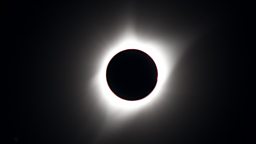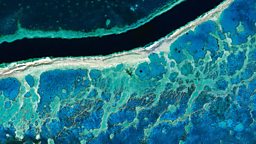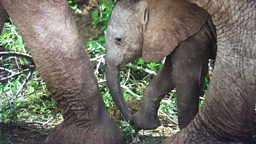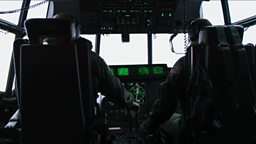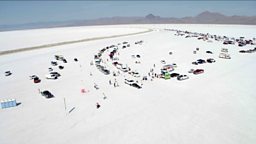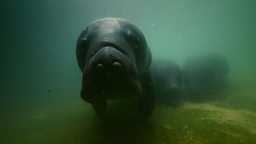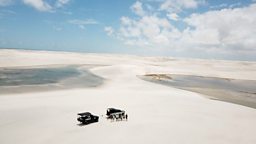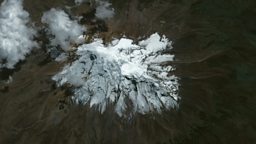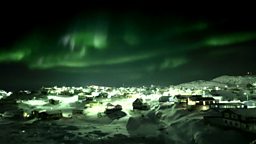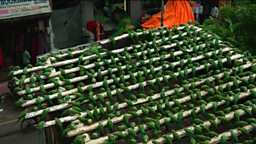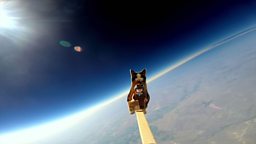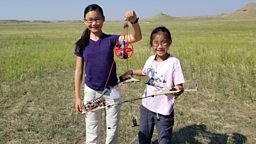Elephants from space
An elephant… from space. How hard could it be?
by Barny RevillSeries Director
High resolution satellites can pick out buildings, cars and trees, so surely that means they can see elephants doesn’t it?
Technically yes, came the answer from our satellite contacts at Digital Globe (now MAXAR Technologies), as long as you can predict where the elephants will be with 48hrs notice, and guarantee clear skies.
Hmmm...

A few months later I was in Kenya.
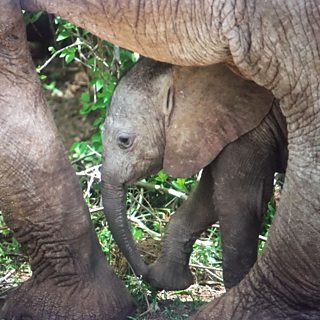
At Buffalo Springs National Reserve, we’d found the perfect elephant family to film. A young mum, who in the last week or so, had given birth to the cutest calf.
They were part of a little family herd that contained an experienced matriarch, a few females with their ‘teenage’ kids, and crucially a female who had a tracking collar so we could find them regularly.
Save The Elephants have spent the last few decades studying and helping to protect the elephants of Buffalo Springs and the neighbouring Samburu National Reserve.
Pioneers in radio and GPS tracking, they have detailed histories of almost a thousand individuals – so if anyone could help me predict elephant behaviour, it was them.
It’s a long shot they said. Nothing is ever predictable with wildlife these days, climate change has thrown it all in the air.
Weather patterns are disrupted, and the animals of the reserve are currently roaming far and wide to find food, in one of the worst droughts in living memory.
Hmmm...
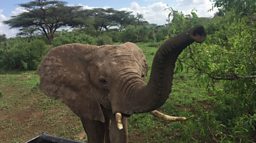
Satellites are an incredibly powerful remote camera spinning around the earth.

But the problem is that unlike a helicopter or drone, you can’t just launch them when and where you want to, nor can you see what they are filming.
They are run by governments or big corporations (which means layers of red tape and communication), they spin around the earth at very specific times, travelling at thousands of miles an hour, and can generally take only a single image of your location, at great expense – and perhaps my biggest problem - they needed that 48hrs notice for the GPS co-ordinates.
High resolution satellite images only cover about 10km by 10km – an area a herd of elephants could very easily walk out of in a morning. So I looked at the data of where our family had been over the last few days, where they were vaguely heading, where was open enough to potentially see them and took the plunge on a GPS co-ordinate that was my best guess.
Satellites take images in the middle of the day as they have all been designed to take images with minimal shadows so measurements can be accurate (as most uses are industrial, military etc) so there was also a high probability that the elephants would all be under trees as they often took shade in the middle of the day.
I also knew that just one single fluffy white cloud would obscure the whole herd. I needed everything to come together perfectly…
The day of the satellite capture arrived!
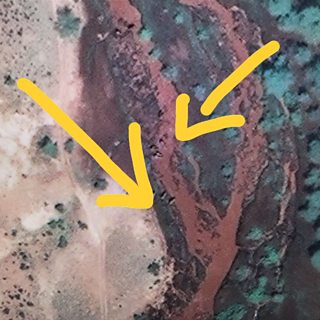
To my amazement, at exactly 13:38 when our satellite was passing over at several thousand miles per hour, our family was in the right area.
There were some clouds about and the elephants were also spending some of their time in the shade, but we filmed some lovely shots of them with our drone, and also from the ground, capturing the moments that would tell our story of a small elephant family coping under extreme conditions.
It was another 48hrs before I received a message on my phone. A series of zoomed in screen shots of a satellite image. And there at the heart of it, with the help of some crudely drawn yellow arrows, you could just make out our elephant herd.
I skipped with joy as I could also recognise quite clearly where they were and I knew that we were filming them at exactly the same time with our drone and long lens. So I sent back a frame grab to show how well they matched.
Now we could seamlessly transition from space to the intimacy of our elephant family on the ground and tell their story in our own unique way.
Over the coming weeks
It was the perfect scenario.
The satellites would also enable us to show what the elephants couldn’t see – the approaching rains, and then the reserve transform from burnt yellow, to lush green.
As our family enjoyed the fresh grass, the matriarch had her own calf – now there would be two tiny calves in this little herd. It was the perfect scenario.
So good, that another team from the Natural History Unit headed out to take over from our story and cover the entire first year of their lives in a new series for the BBC that will follow Earth from Space.
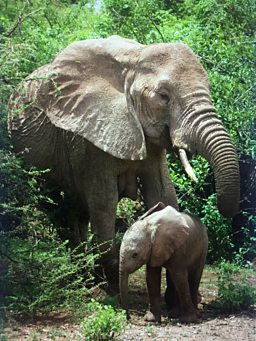
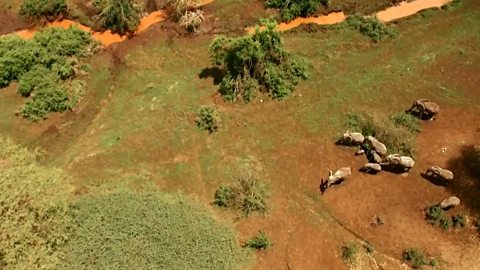
Web exclusive: Tracking elephants from space
How satellite tracking data is helping to protect elephants against poaching.
